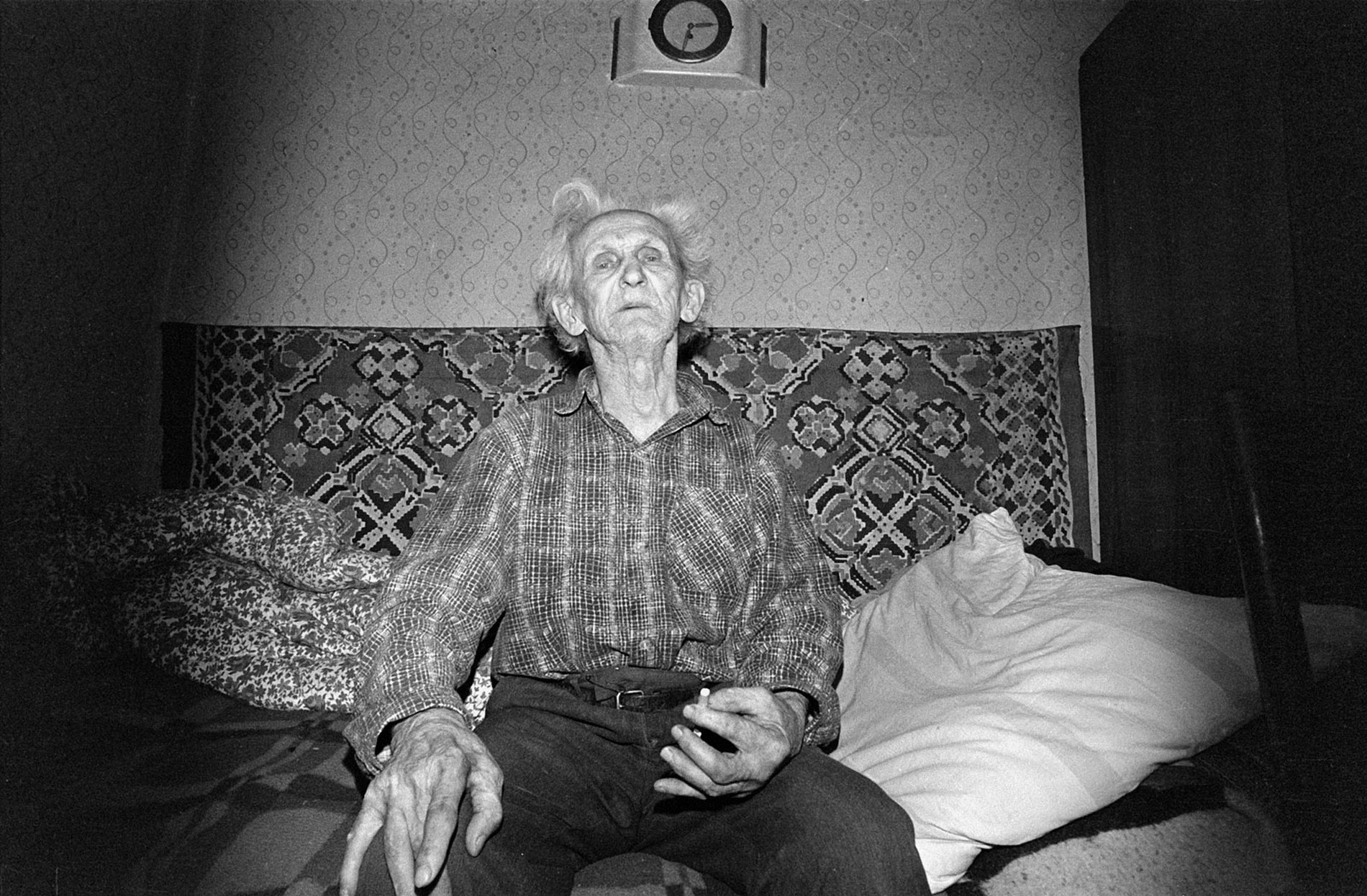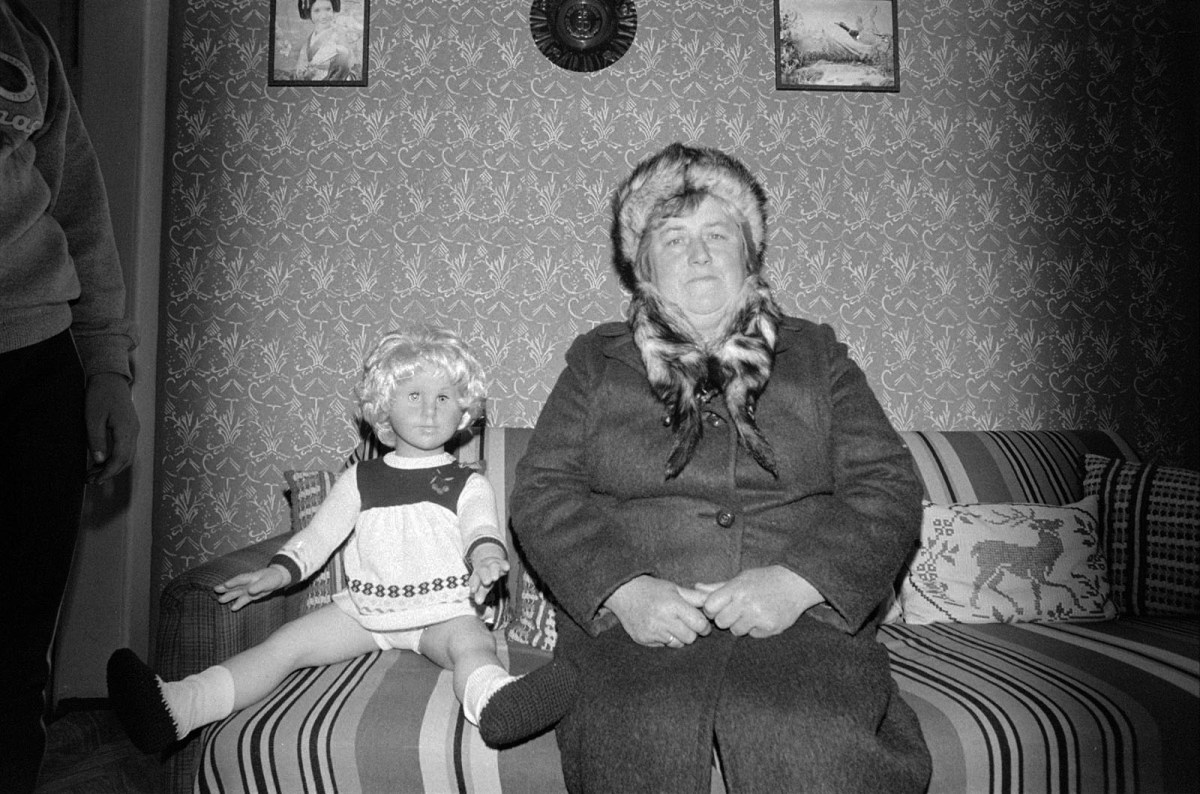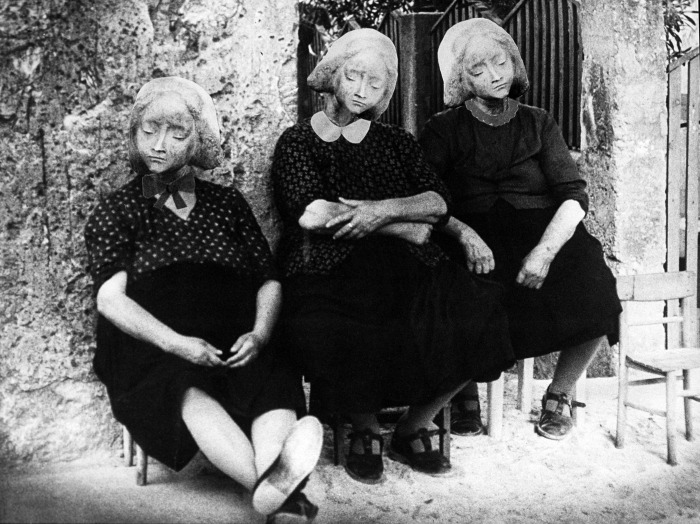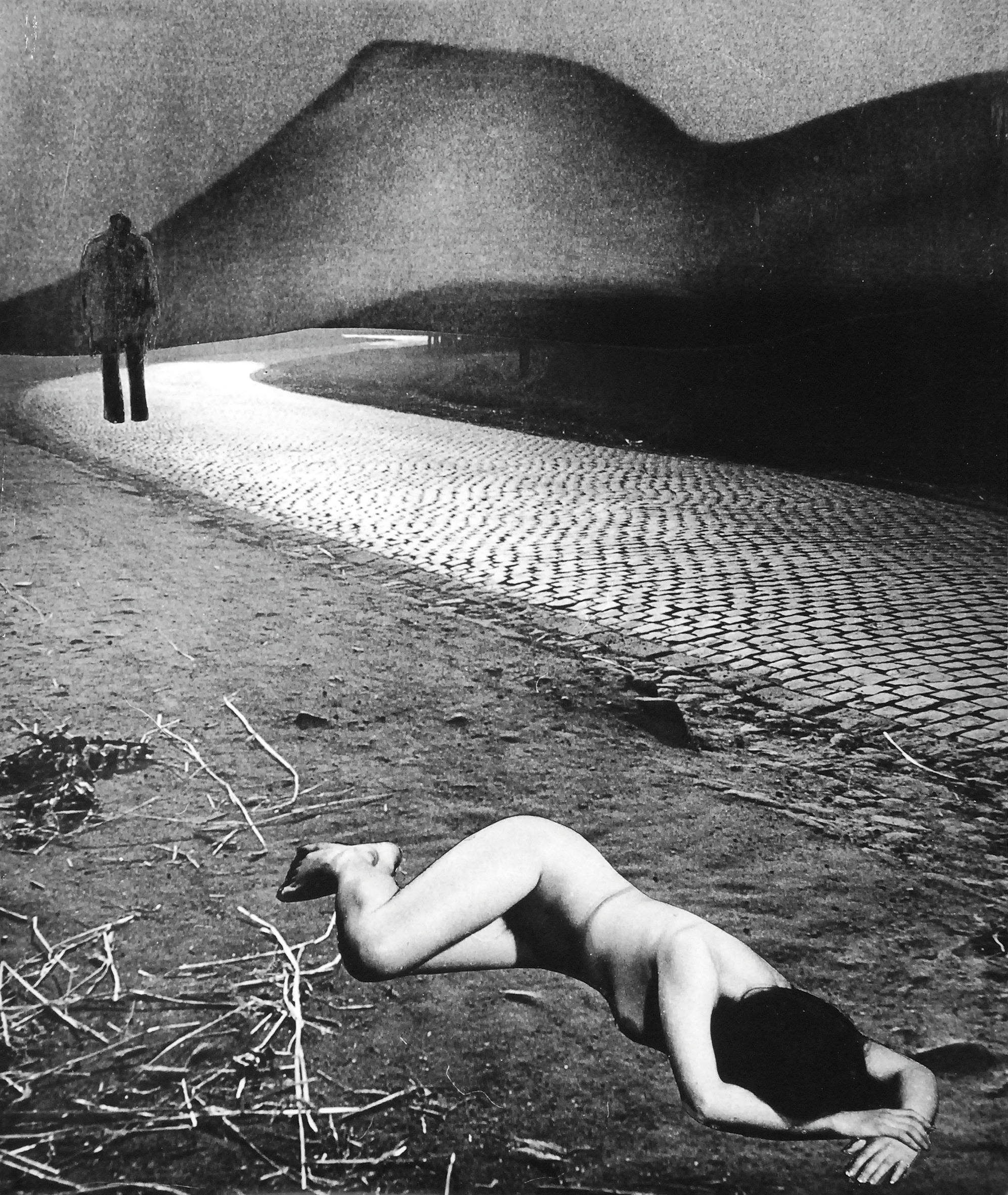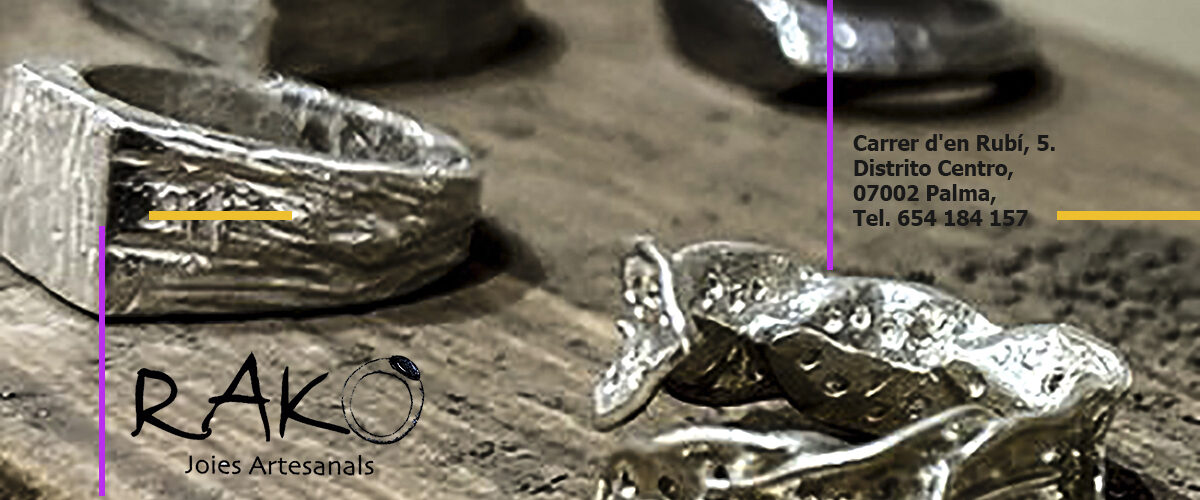Con el sueño de un proyecto monumental en mente y la creencia de que era el momento de hacerlo tangible, Zofia Rydet se jubiló de la mercería que le daba de comer. Corría el año 1978, la mujer nacida en 1911 en el óblast de Ivano-Frankivsk, entonces de Ucrania, ahora de Polonia tenía 67 años y sentía que había malgastado la vida sin culminar un deseo de dimensión casi galáctica: entrar en todas las casas del país y retratarlas por dentro, con sus habitantes y pertenencias. Hasta los 86 años, cuando murió, había recorrido a pie o en autobuses un centenar de villas y aldeas remotas y bastante aisladas. Hizo casi 20.000 negativos de casas humildes pero aseadas, mínimas pero dignas, todas marcadas por la huella de los residentes, sus recuerdos, tapetes, fotos del Papa polaco Juan Pablo II y, claro, aparatos de televisión, el gran tesoro de la modernidad en el régimen tardocomunista. Rydet no imprimió en papel ninguna de las imágenes de lo que llamaba Zapis socjologiczny (en polaco, Archivo Sociológico), pero se sentía realizada. Después de un trabajo de impresión y catalogación de tres años, una amplia selección de las fotografías de esta mujer incansable que viajó de puerta en puerta para recolectar un mosaico que ensamblara a los polacos y los presentará desde un punto de vista cercano e íntimo se expone en el Museo de Arte Moderno de Varsovia.

La raíz de la monumental serie se le ocurrió a Ryder, que tenía conocimientos académicos de fotografía desde joven pero nunca había tenido la oportunidad de pasar de la condición de aficionada, fue una visita casual de la mujer a una fabrica de automóviles de Jelcz. Se sorprendió al comprobar cómo los trabajadores vivían en pequeñas dependencias, adaptadas como habitaciones dentro de la misma planta y la llamó la atención que los elementos decorativos eran similares en todos los cubículos, con paredes forradas con recortes de periódicos, fotografías de familiares, imágenes religiosas, carteles eróticos, paisajes.
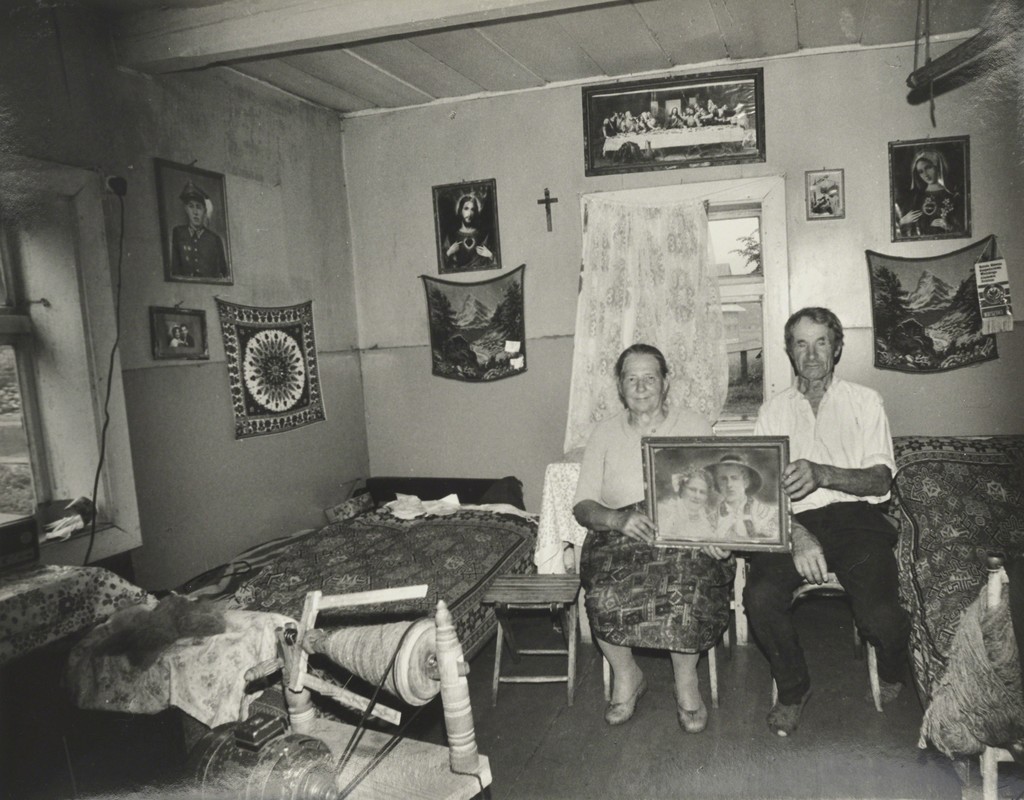
The old lady who wanted to photograph the inside of every single house in Poland
ENG: Zofia Rydet was 67 years old when she set herself the herculean task of photographing the inside of every single house in Poland. From 1978 until her death in 1997, she would frantically travel by bus or foot over the country, have people sit in their interior, straight in front of her, and shoot them using a wide-angle lens and flash. As if the self-assigned task of portraying individuals and families at home in Poland wasn’t formidable enough, Rydet also added numerous sub-categories of photos to the series. Some focused on tv sets inside the home, others on kitchen windows seen from the inside, photos and objects celebrating Pope John Paul II, women on doorsteps, disappearing professions, etc. Rydet gave a title to her obsessive catalogue of people and objects, she called it Sociological Record.

The artist was interested in the ties that connected people with objects and architecture, as well as the way individual aesthetic preferences, political and religious views manifested themselves through the arrangement of private space. “The house … is a reflection of the society, civilisation, and culture, from which it originates, there are no two similar people or two similar houses,” Rydet used to say.

When Rydet died in 1997, the series counted some 16,000 negatives, most of them had never been printed. As a result, only a modest portion of her work has been exhibited. The Museum of Modern Art in Warsaw has developed these negatives, made a selection of them and exhibited the photos in what is probably the most popular show in town at the moment. Zofia Rydet. Record, 1978-1990 not only presents works never seen before, it also follows Rydet’s own ideas and suggestions on how to set up an exhibition of her works.
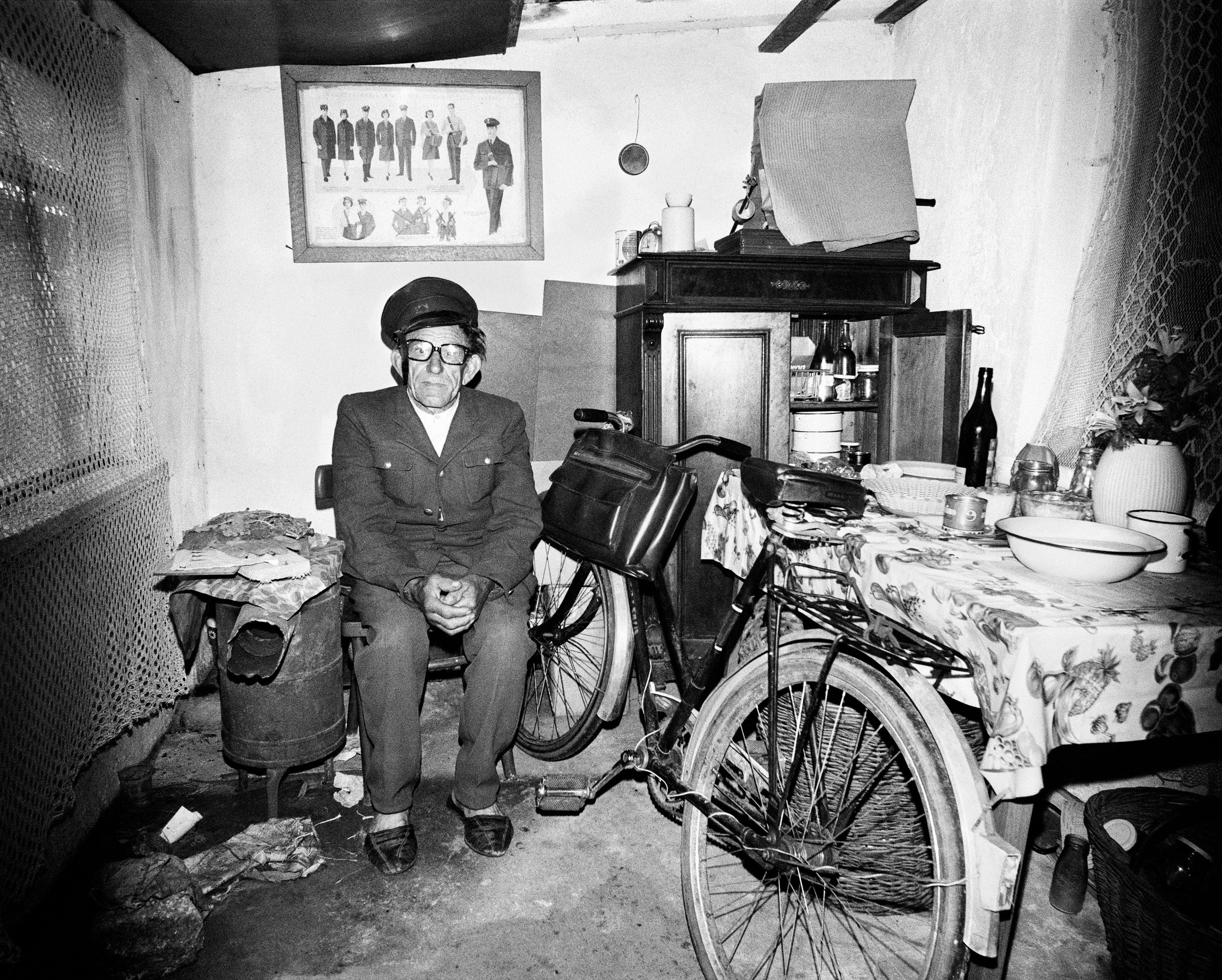
The curators of the show, Sebastian Cichocki and Karol Hordziej, dropped the first half of the title of the series because they believed that the work pertains less to the scientific study of social behavior or society and more the tradition of intuitive artistic atlases and catalogues.
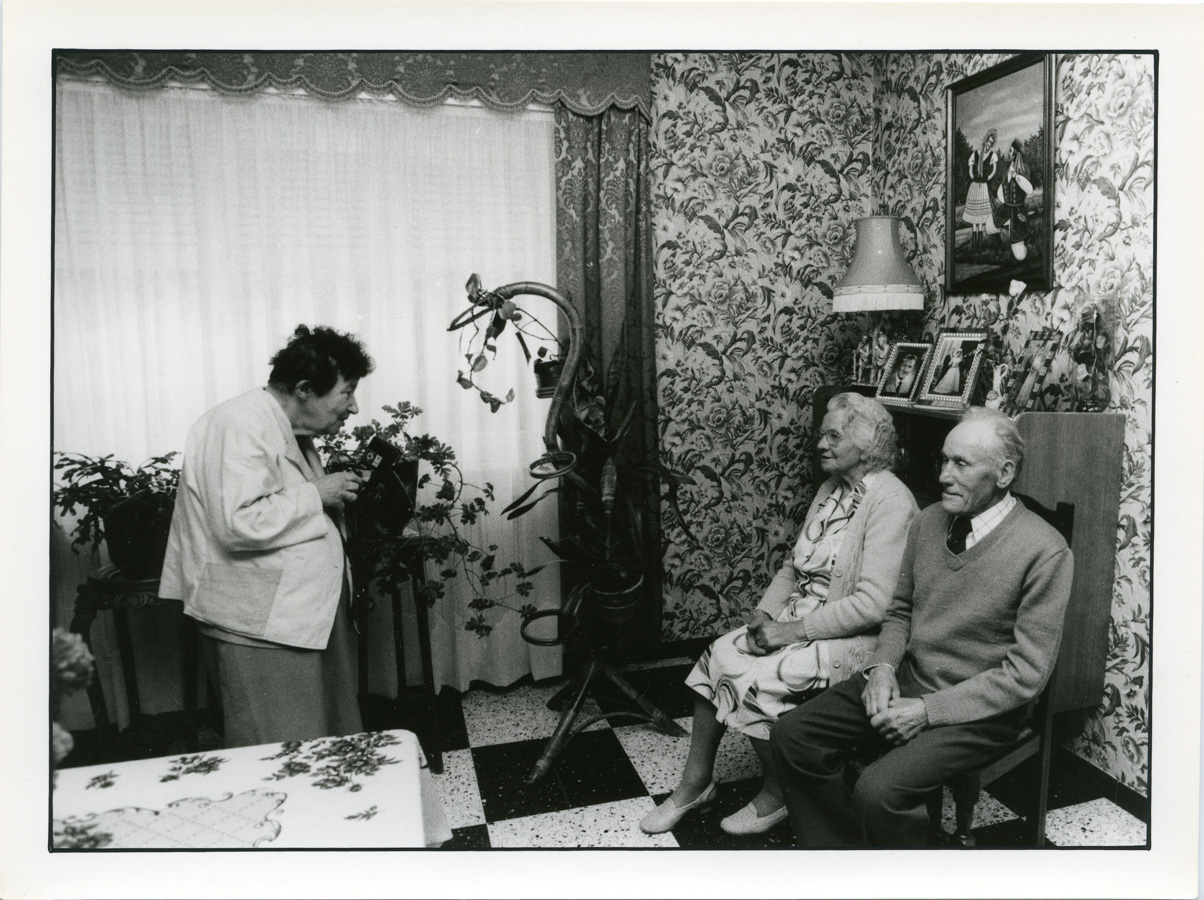
What i found most fascinating in this exhibition is that it’s both always the same and always different It’s row after row of Polish interiors (or of women on doorsteps) but it never feels too repetitive nor trivial. Not let’s give the floor to the images…
Por Jose Ángel González / By Regine Gilmoore
